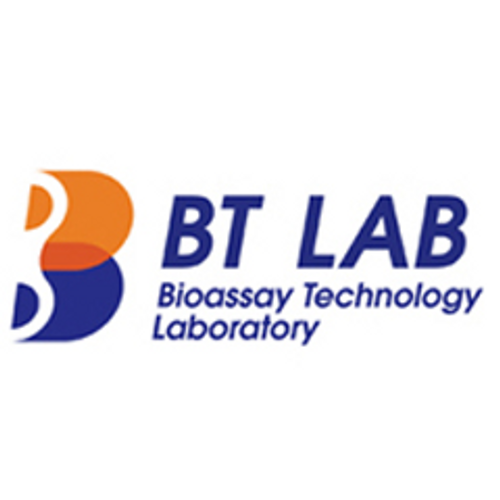Product Description
Rat Peroxisome proliferator-activated receptor beta (PPAR-B/PPARD) ELISA Kit | AE62806RA | Abebio
Species Reactivity: Rat (Rattus norvegicus)
Abbreviation: PPAR-B/PPARD
Alternative Name: FAAR; MGC3931; NR1C2; NUC1; NUCI; NUCII; PPAR-beta; PPARB; OTTHUMP00000016256|OTTHUMP00000016257|nuclear hormone receptor 1|peroxisome proliferative activated receptor; delta
Application: ELISA
Range: Request Information
Sensitivity: Request Information
Intra-Assay: ≤4.6%
Inter-Assay: ≤9.9%
Recovery: 0, 83
Sample Type: Serum, Plasma, Other biological fluids
Detection Method: Sandwich
Analysis Method : Quantitive
Test Principale: This assay employs a two-site sandwich ELISA to quantitate PPAR-B/PPARD in samples. An antibody specific for PPAR-B/PPARD has been pre-coated onto a microplate. Standards and samples are pipetted into the wells and anyPPAR-B/PPARD present is bound by the immobilized antibody. After removing any unbound substances, a biotin-conjugated antibody specific for PPAR-B/PPARD is added to the wells. After washing, Streptavidin conjugated Horseradish Peroxidase (HRP) is added to the wells. Following a wash to remove any unbound avidin-enzyme reagent, a substrate solution is added to the wells and color develops in proportion to the amount of PPAR-B/PPARD bound in the initial step. The color development is stopped and the intensity of the color is measured.
Product Overview: Peroxisome proliferator-activated receptor deltais a member of the peroxisome proliferator-activated receptor (PPAR) family. It was first identified in Xenopus in 1993.PPAR-δ/β is the main target of a chemical substance named GW 501516. Using this ligand as a research ligand, It has been shown that agonism of PPAR-δ changes the body's fuel preference from glucose to lipids. PPAR-δ/β is highly expressed in colon, small intestine, liver and keratinocytes. In contrast, heart, spleen, skeletal muscle, lung, brain and thymus show low expression.Knockout mice lacking the ligand binding domain of PPAR-δ/β are viable. However these mice are smaller than the wild type both neo and postnatally. In addition, fat stores in the gonads of the mutants are smaller.
Stability: The stability of ELISA kit is determined by the loss rate of activity. The loss rate of this kit is less than 5% within the expiration date under appropriate storage condition. The loss rate was determined by accelerated thermal degradation test. Keep the kit at 37°C for 4 and 7 days, and compare O.D.values of the kit kept at 37°C with that of at recommended temperature. (referring from China Biological Products Standard, which was calculated by the Arrhenius equation. For ELISA kit, 4 days storage at 37°C can be considered as 6 months at 2 - 8°C, which means 7 days at 37°C equaling 12 months at 2 - 8°C) .
 Euro
Euro
 USD
USD
 British Pound
British Pound
 NULL
NULL








